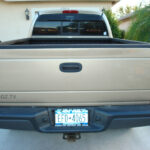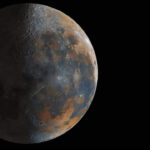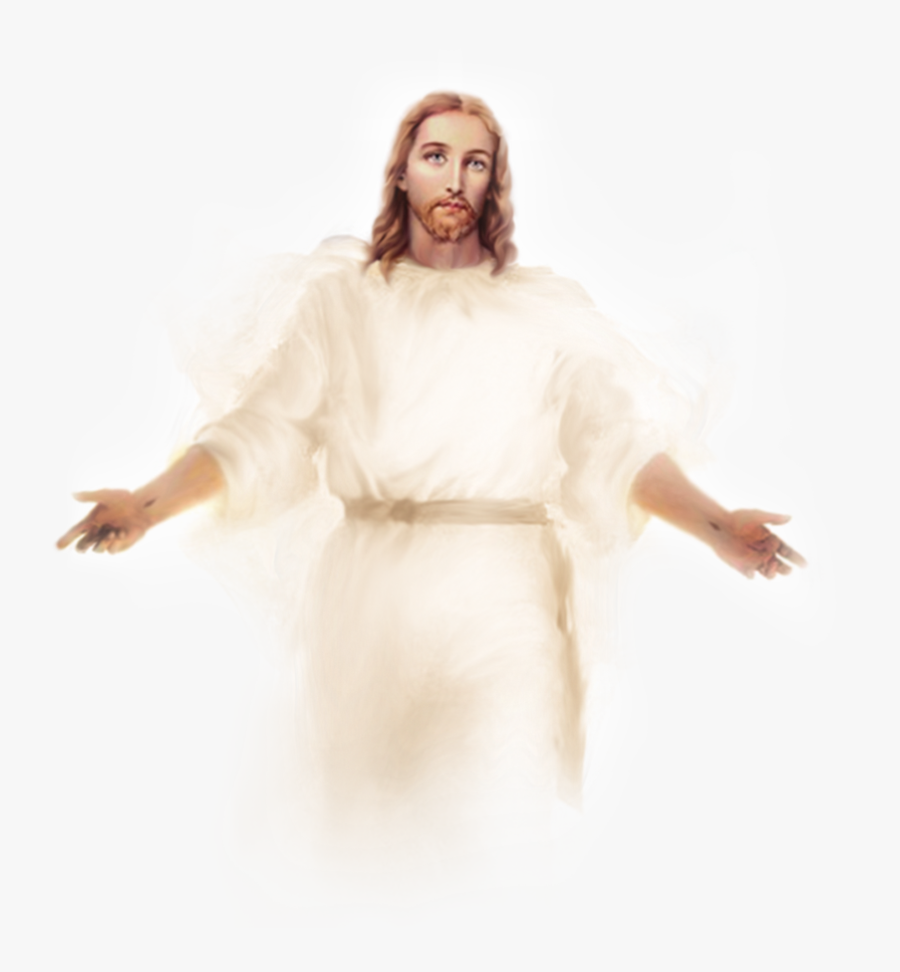-
The modern system of timekeeping with hours, minutes, and seconds was developed during the medieval period in Europe. In the 14th century, mechanical clocks were developed that had an hour hand and minute hand, which allowed for more accurate timekeeping.
The development of accurate clocks and watches continued through the Renaissance and into the modern era, with the invention of the pendulum clock in the 17th century and the development of quartz crystal clocks in the 20th century.
The second was defined in the 16th century as 1/86,400th of a day, based on the average length of a day. The minute and hour were derived from the second, with one hour being 60 minutes and one minute being 60 seconds.
Today, time is measured using atomic clocks, which are based on the vibrations of atoms and are incredibly accurate. The International System of Units (SI) defines the second as the duration of 9,192,631,770 periods of the radiation corresponding to the transition between the two hyperfine levels of the ground state of the caesium-133 atom.
Credentials
HW
Skills
Digital Consultant
10%
Pals
LadyJP
@ladyjp
Donnie T
@donnie-t
Weirdly Interesting
@weirdly-interesting
Walter Cranckcase
@walter-cranckcase
Jackie Rogers Jr
@jackie-rogers-jr













